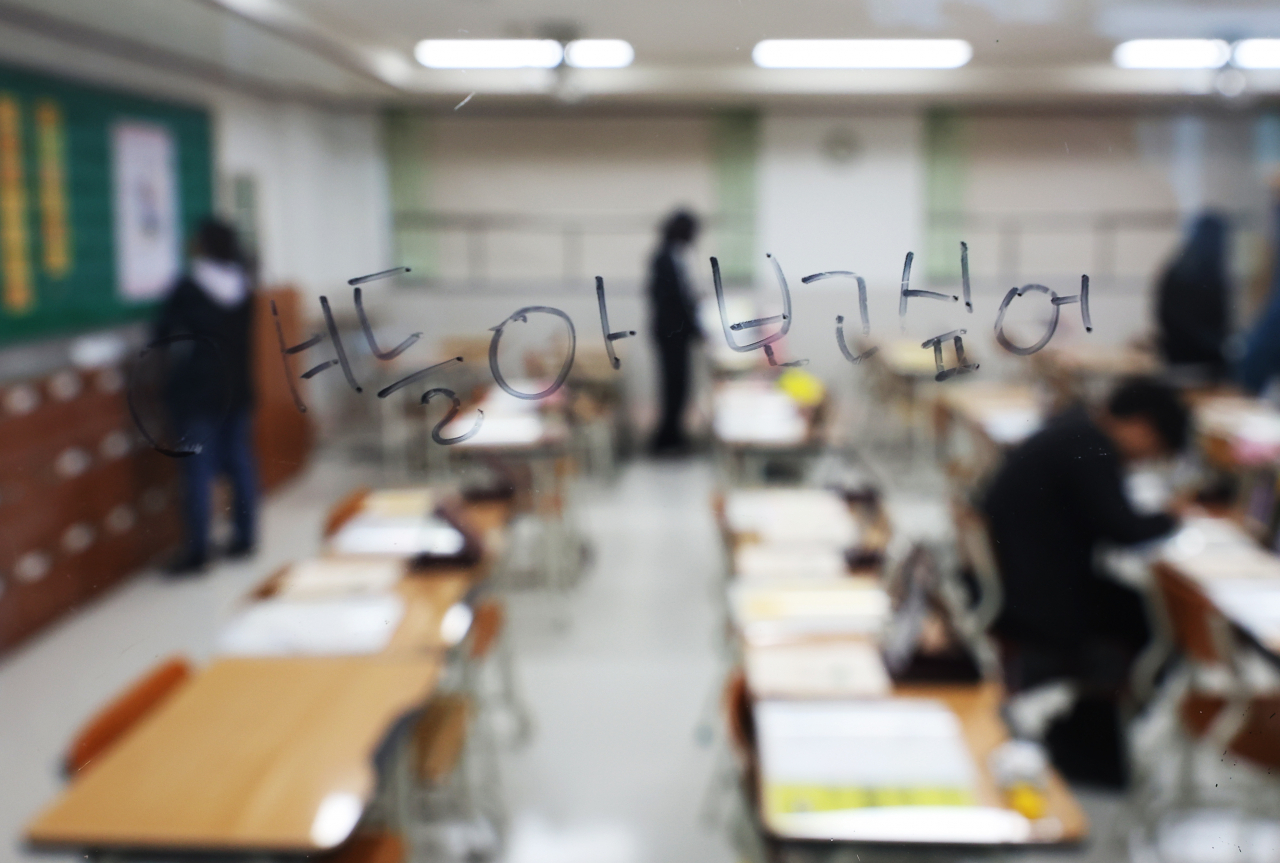
ANSAN, Gyeonggi Province -- On April 16, 2014, 325 students and 14 teachers from Danwon High School in Ansan, Gyeonggi Province were aboard the Sewol ferry heading to Jeju Island for a field trip.
Cho Mun-jeong was one of the students on the trip and was hoping to enjoy a brief reprieve from preparing for college entrance exams. After a loud "bang" echoed through the ferry, an announcement was made over the intercom, urging passengers not to move and to wait patiently for rescue. But Cho soon realized that the ferry was sinking and she watched as the hallway filled with water in seconds. Cho, holding her friends' hands, waited, believing they would be rescued. But no one came.
After realizing that there was no point in waiting, Cho jumped into the water with her two friends, but they were sucked into another hallway. “I’m going to die,” Cho thought.
She began to grab whatever she could that was above her and pulled herself upward, which helped Cho and her friends rise toward the nearest exit.
Once the three friends reached the exit, they jumped together, holding hands. But as they were hit by a strong current, Cho lost hold of one of her friends’ hands and reached the shore without her.
Her friend never made it out, and Cho still suffers from nightmares from the memory of losing hold of her hand to this day.
'I wished I died, instead'
Park Sun-young, another Danwon student, survived the tragedy because she didn't join the trip on that day. She remembers how her friends were concerned about the weather a day before they left as the school said the trip could be canceled if the weather conditions were not favorable. But a message from the school came that it had decided to go ahead with the excursion.
Her friends texted her and said that it would be their last taste of freedom before they entered full Suneung preparation mode, as the students would be due to take the national college entrance exam later the following year.
Park had been sleeping when the ferry sank, taking the lives of her best friends and her favorite teacher.
She said she lost a whole week of her memory after the tragedy, "as if someone purposely cut that memory" out of her life.
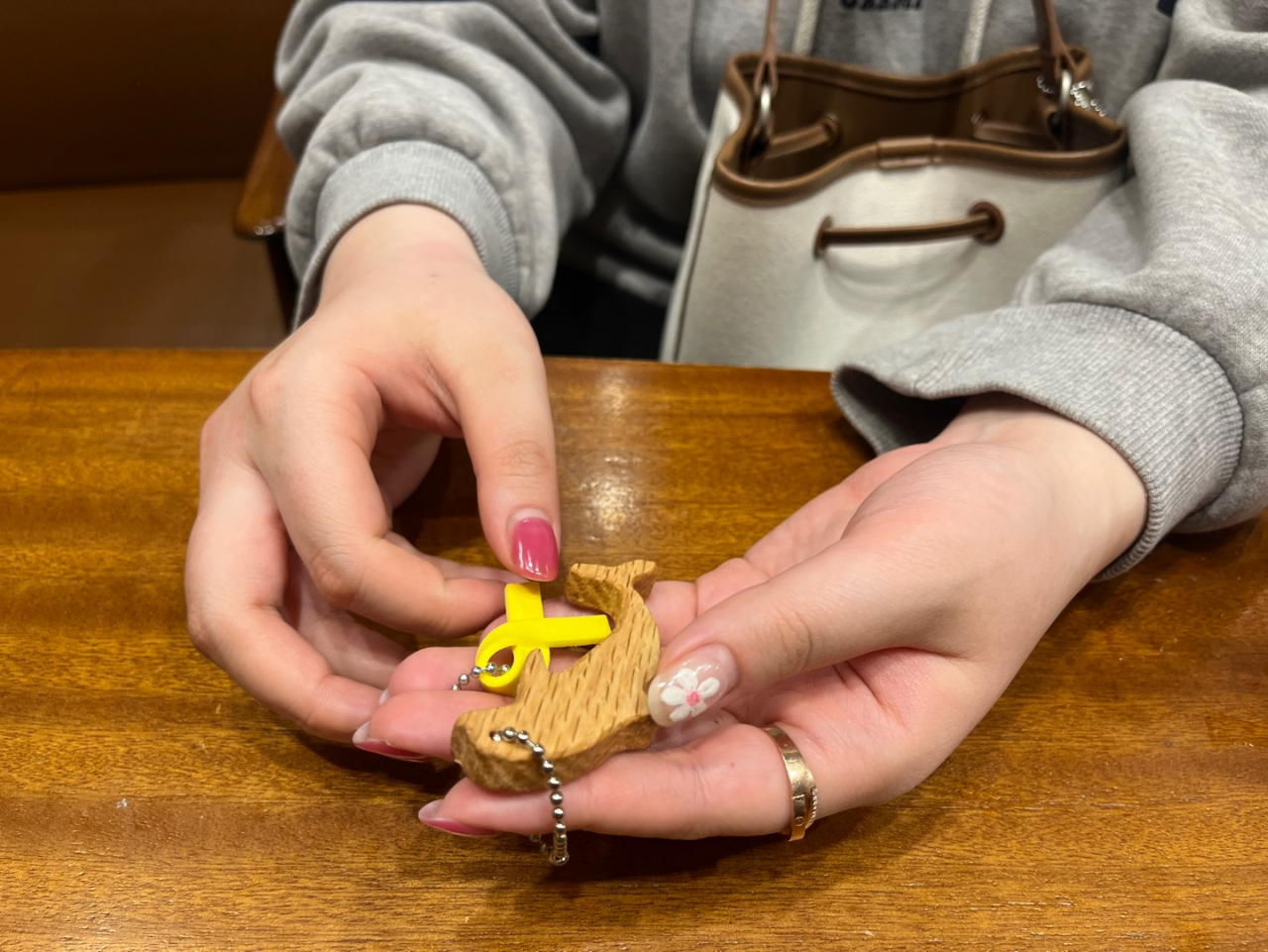
Of the 325 students on board, 75 survived. They were all admitted to a clinic for two weeks and a training institute for 70 days to receive mental health support funded by the government. Park, however, wasn't able to receive such support because she didn't go on the trip. Instead, she was left alone to cope with the loss.
Park later received funding from private individuals to seek the mental health support she needed at the time. Other surviving students began to care for Park by inviting her into their circle. However, none of it was enough to fill the sense of guilt and emptiness she felt.
“I found myself wishing that I had died instead of my friends."
10 years of hiding
Ten years on, the survivors from Danwon's sophomore class have entered university and adulthood -- a life denied to their friends who lost their lives.
For many of the surviving students, the last decade has been a relentless battle, filled with periods of depression and feelings of being lost on a never-ending journey.
Cho said she has spent the last 10 years hiding her identity as a survivor.
“I’ve been hiding my identity because I didn't want that to influence what others think of me and my abilities,” said Cho. “While I do want to reveal that I am a survivor and talk about that part of my life, I know that there are those who think negatively of us. I’m scared that my survivor identity will drive others to dislike me or that it will influence the way they think about me.”
When the time came for the survivors of the tragedy to apply to universities, a law was passed to create a special admissions program for students graduating from Danwon High School when applying to universities. This special admissions program faced heavy criticism at the time, saying that the program could open doors to universities the students never would have had the chance to enter if it weren’t for the tragedy.
“As time passed, I realized that I’ve been hiding my identity as a survivor because I was scared to face judgment from others who might think that I’m not capable of achieving what I’ve achieved thus far,” added Cho. “I know several others who also hid their identities for the same reason.”
Meanwhile, Park said she has developed a social phobia, which she says is the result of constant exposure to the local press and the guilt of not being there when the tragedy struck, surviving by what sometimes feels to her like luck.
“I asked myself, ‘What right do I have to say that I’m hurting, or to say that I’m also a victim of the situation?’ That has hindered me from speaking up.”
Healing still underway
Kim Do-yeon, another survivor, said she only recently learned to accept her feelings about the tragedy.
“To be honest, I used to run away from feeling distressed whenever I thought about the tragedy,” said Kim. “I was scared to face that feeling. But recently I decided to accept my feelings, instead of pretending that they aren’t there.”
When asked about how she has coped with her feelings of loss over the past 10 years, Kim said she wrote letters to her friends who passed away. Kim said she also visited memorials such as the Memorial Classrooms set up in Ansan or exhibitions related to the tragedy to think about her friends.
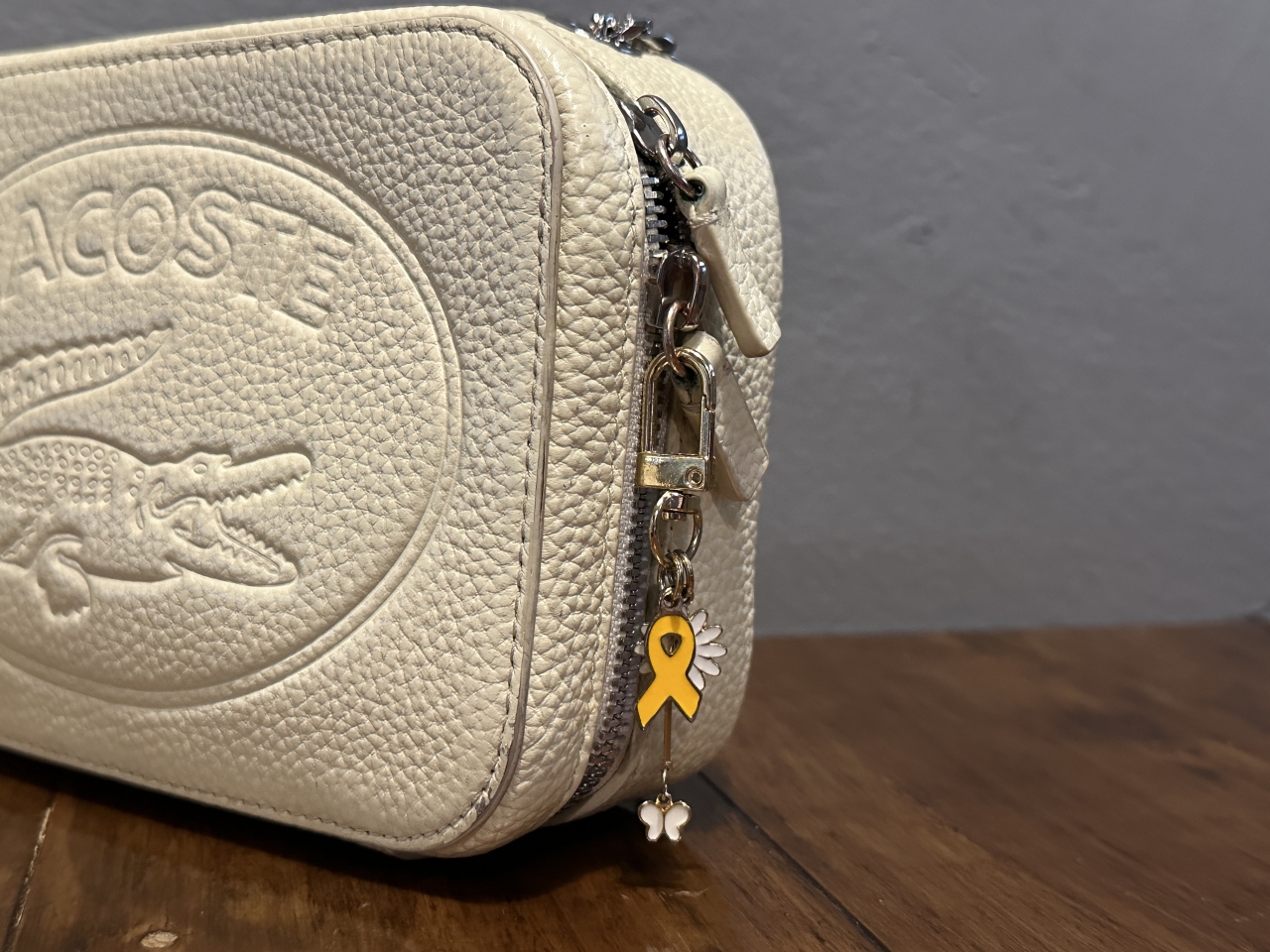
Being vocal about the tragedy to the people around her has helped her heal.
When she became a student at Sookmyung Women’s University in 2016, she remembers handing out keyrings with yellow ribbons to her fellow students in front of her school one year on April 16 with other students. Another year, she made her own set of goods related to the tragedy and handed them out to other students.
“I call this the ‘Nth Movement,’ where I take action along with many other forms of action taken by others to try to ensure that this tragedy isn't forgotten,” said Kim.
Kim also participated in overseas volunteer programs in Cambodia and Mongolia in partnership with UNICEF and the Salvation Army because she “wanted to give back” what she had received.
“Right after the tragedy, so many people sent us gifts such as shoes and bags and letters of encouragement every day ... (it) made me wonder, ‘Where does that mindset even come from?’” said Kim. “I felt like I received so much, so I joined the volunteer programs to give back the love and care I received to those in need.”
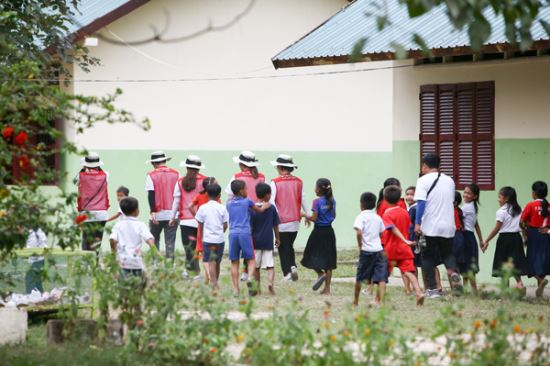
Park, on the other hand, recalled slowly returning to society with the help of activists around her.
“Until when I was 20, my anxiety and social phobia had been at their worst. I didn’t do any social activities because I was scared that something would happen to me if I went outside,” said Park. “But with the help of activists around me who encouraged me to work and interact with them, I began to adjust back into society.”
Park added that she only recently connected with her identity as a survivor in the wake of the Itaewon crowd crush tragedy in October 2022.
“After the Itaewon tragedy, I realized that anyone can be a victim of a tragedy, not just those directly involved such as the bereaved families or those who passed,” Park mentioned. “There’s no purpose in dividing who’s considered a victim and who is not.”
Park now works at the Ansan Citizen's Solar Power Generation Cooperative (translation), a solar power company that helps to educate on solar energy and build solar power plants in the area. Park says she likes the idea of “working collectively to ensure a better life for all," rather than "working to thrive" on an individual basis.
Park is also one of the founding members of a nonprofit organization called Wounded Healer, which was established to connect with people -- especially children and young adults -- suffering from trauma, separate from the Sewol ferry tragedy.
Itaewon 2022
On her right wrist, Kim has a tattoo of a ribbon with the number “20140416” written below it, marking the date of the tragedy. She also wears a yellow bracelet, which symbolizes the tragedy as well.
“When someone looks at my tattoo, I hope that they will take a moment of their time to think about the tragedy that took place," she said, adding that she dreams of becoming someone who promotes public safety, to prevent tragedies like the Sewol ferry disaster or the Itaewon crowd crush from happening again.
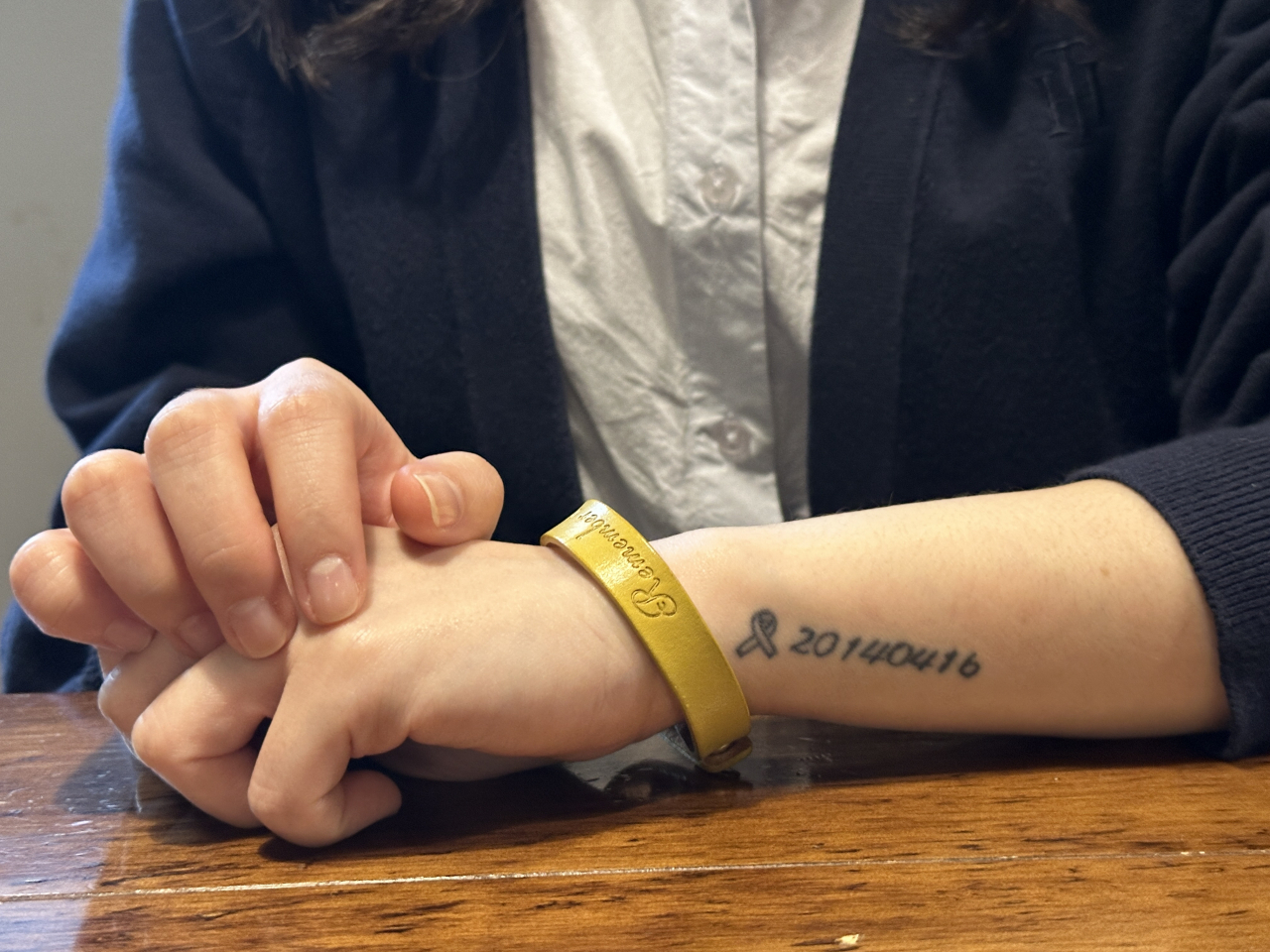
It was the Itaewon tragedy that prompted Cho and Park to speak up.
“Everything about the Itaewon tragedy all seemed too familiar, from the way people reacted to the tragedy to how it had been a preventable disaster,” said Park.
“I thought that if I had been more vocal as a survivor, if I had pushed further for the truth and to punish those involved, and if I had worked harder to create a safer society, free from preventable tragedies, the Itaewon tragedy might not have happened.”
Reciting the famous quote, “A nation that forgets its past has no future,” Cho stated that refusing to remember the tragedies of the past is the same as “allowing similar disasters to happen again in the future.”
“We need to realize, identify and remember what we need to take away from past tragedies to prevent further tragedies from occurring. That way, even when similar tragedies do occur -- though that shouldn’t happen -- we can use what we learned from previous tragedies to avert even more devastating outcomes.”


![[KH Explains] No more 'Michael' at Kakao Games](http://res.heraldm.com/phpwas/restmb_idxmake.php?idx=645&simg=/content/image/2024/04/28/20240428050183_0.jpg&u=20240428180321)


